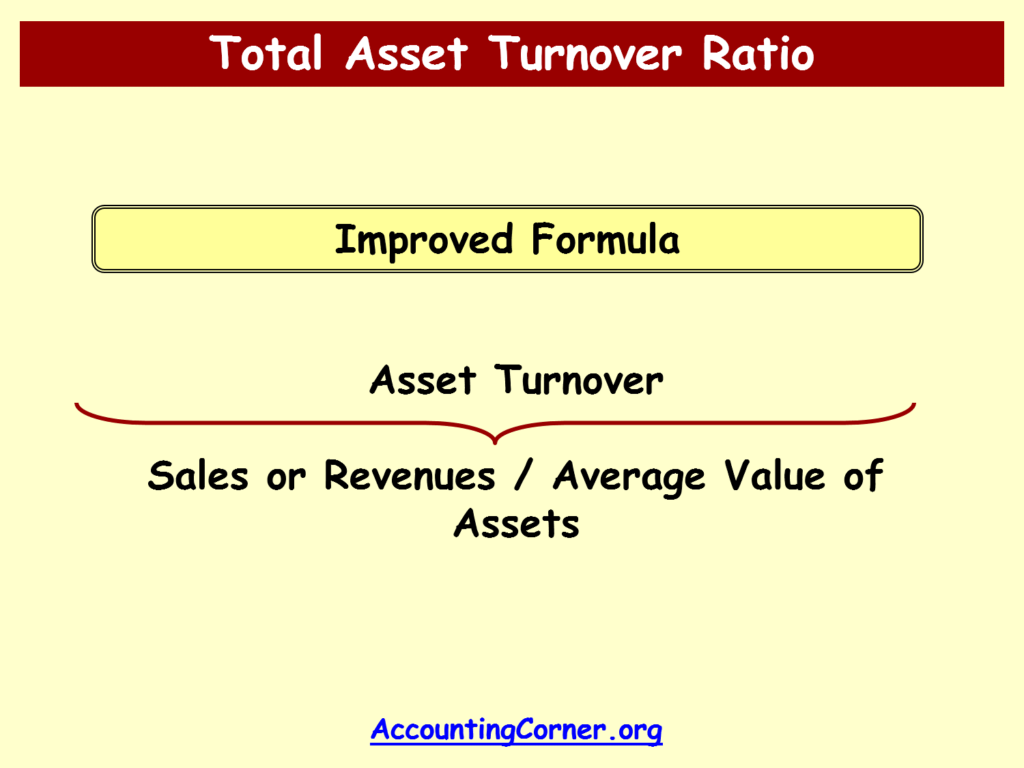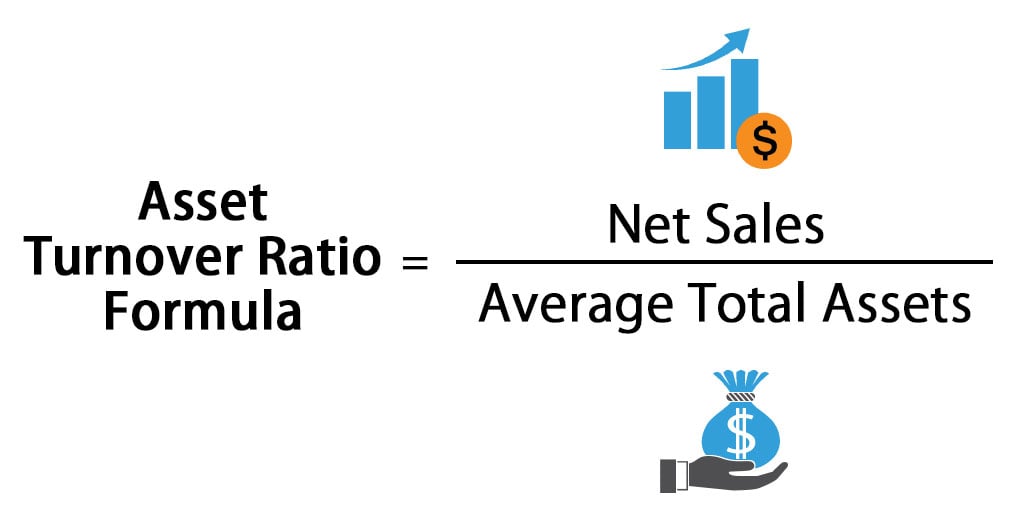
In time, the strain may lead to more employees quitting. Employee morale and productivity may suffer as teams spend time training new hires and shouldering more work while new team members ramp up and vacancies remain unfilled. There are also hidden turnover costs that come over time. Costs can reach many times an employee’s annual salary if they were a top performer, a senior-level manager, and had in-demand or niche skills that are difficult to find.

What are the true costs of employee turnover? What’s more, the changes you make may bubble up to creating a business that attracts the best employees and helps strengthen the company culture in the end. Getting the real reasons why employees leave will help inform your employee retention strategies. Only 9% cite leaving due to pay and benefits. A Work Institute report shows 20% of employees leave due to frustration over a lack of growth, job advancement, and development opportunities.
#TURNOVER RATE FORMULA FREE#
Chances are, it’s something you can control and not related to the employee salary or benefits package or perks like free in-office lunches. High turnover in either category is a strong indicator that it’s time to dive deeper into identifying why people leave. This includes leaving for a new job, going back to school, moving to follow a partner’s job change, retiring, and quitting from a negative experience. Voluntary turnover occurs for a multitude of reasons.Involuntary turnover occurs when a person didn’t instigate leaving, such as when they’re laid off or fired.

Įmployees leave for many reasons, which are categorized as either voluntary turnover or involuntary turnover: That’s why it’s important to look at both turnover and retention rates for a more accurate picture of a company’s trends. In example #2, the retention rate doesn’t account for the 5 people hired and 4 fired during the year, but it still cost the company money to recruit, hire, and offboard them. You probably noticed that retention rates don’t include employees who were hired and left within the specified time period.

Over the year, 5 salespeople were hired to replace them and 4 were fired. Over 12 months, a sales team of 36 employees had one manager promoted to another function and was not replaced.

(29/30) x 100 = 96.7% quarterly retention rate Example #2: Calculating annual employee retention rate They had 31 employees by the end of the quarter. They hired 3 additional people and fired 2. One person left for another job and got replaced. For comparison, let’s calculate retention rates using the same examples used above: Example #1: Calculating quarterly employee retention rateĪt the beginning of Q1, a call center had 30 employees.


 0 kommentar(er)
0 kommentar(er)
